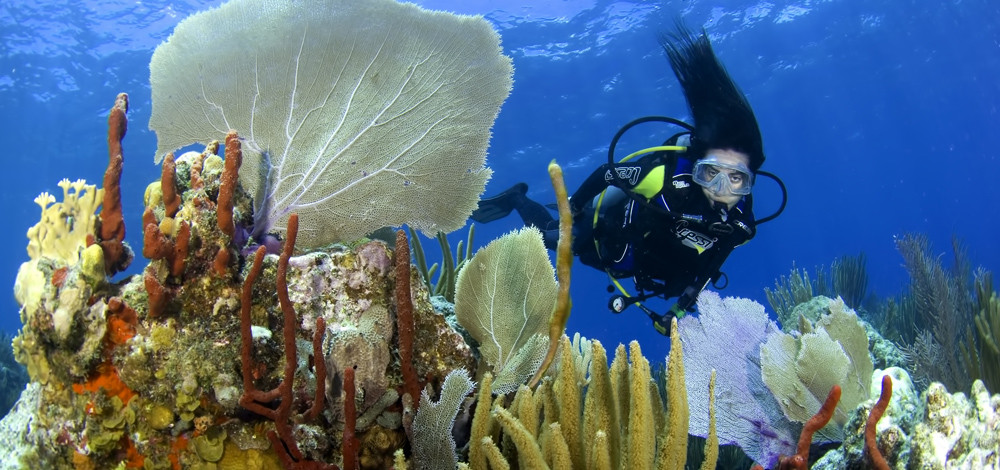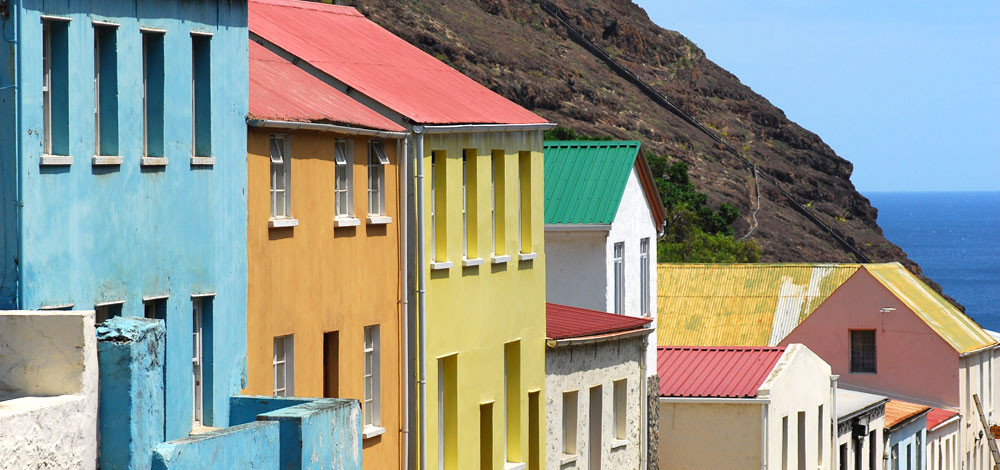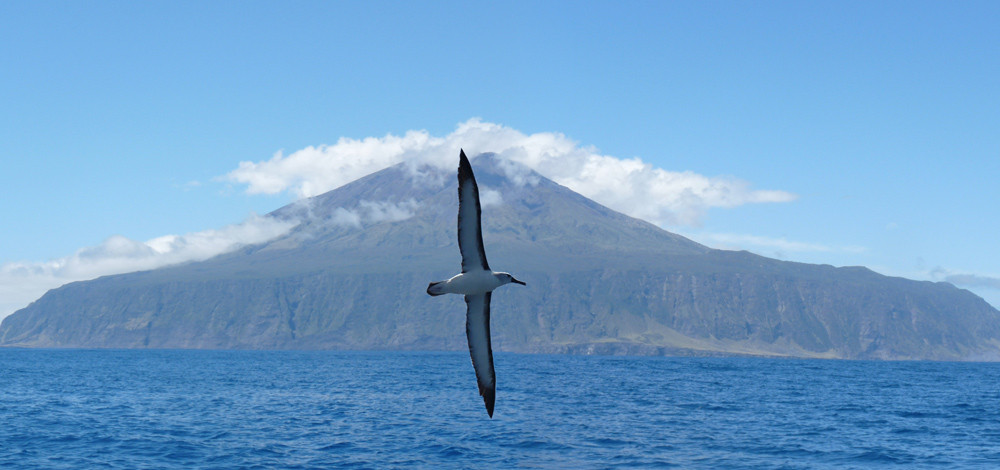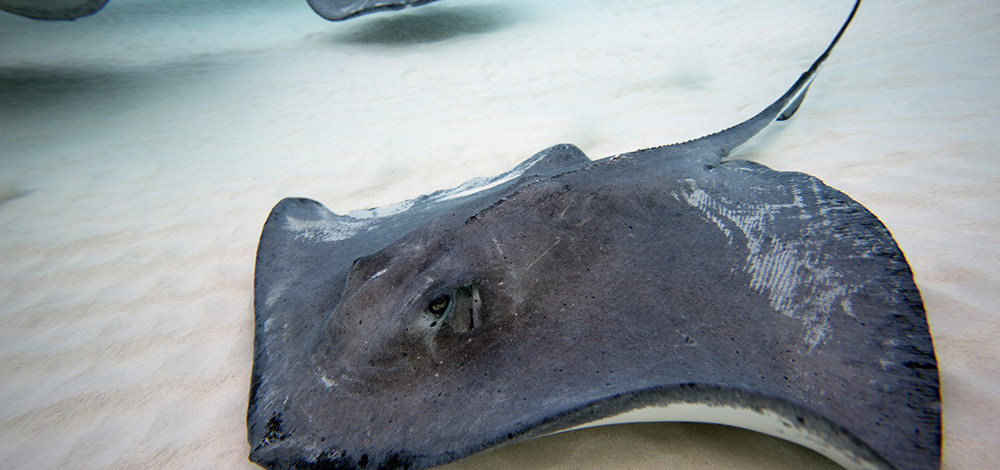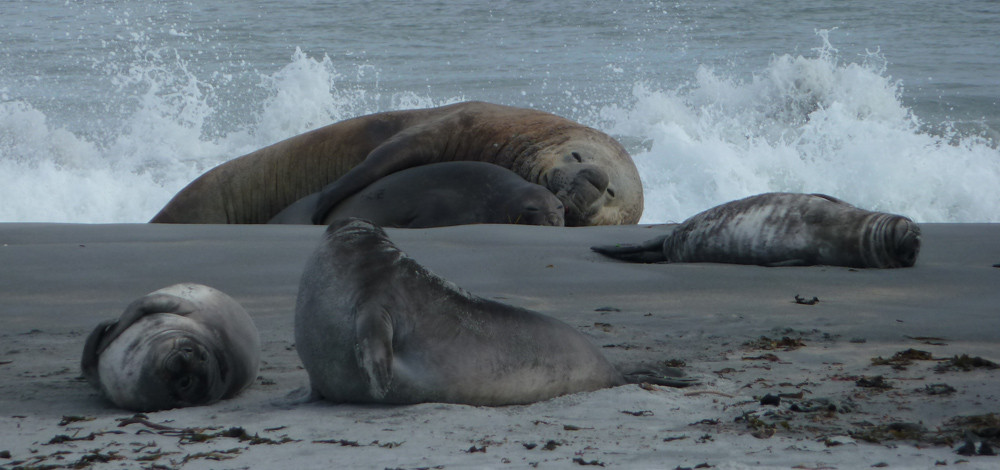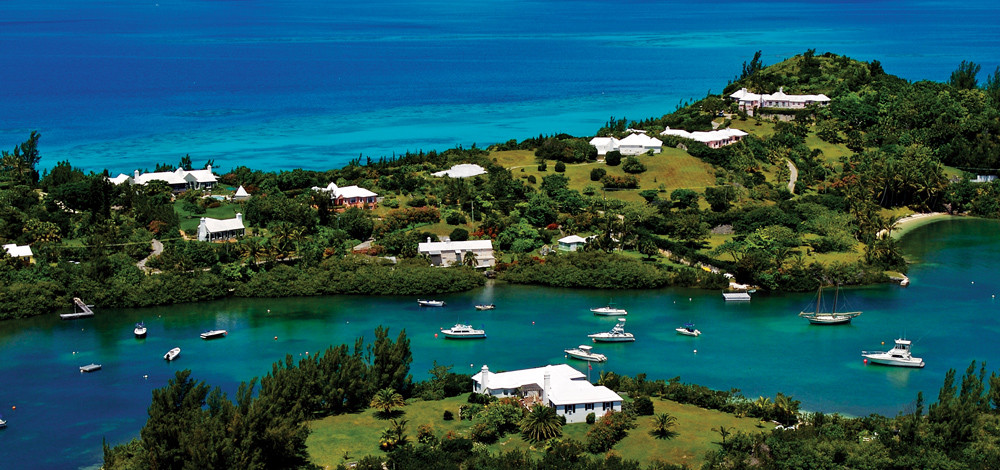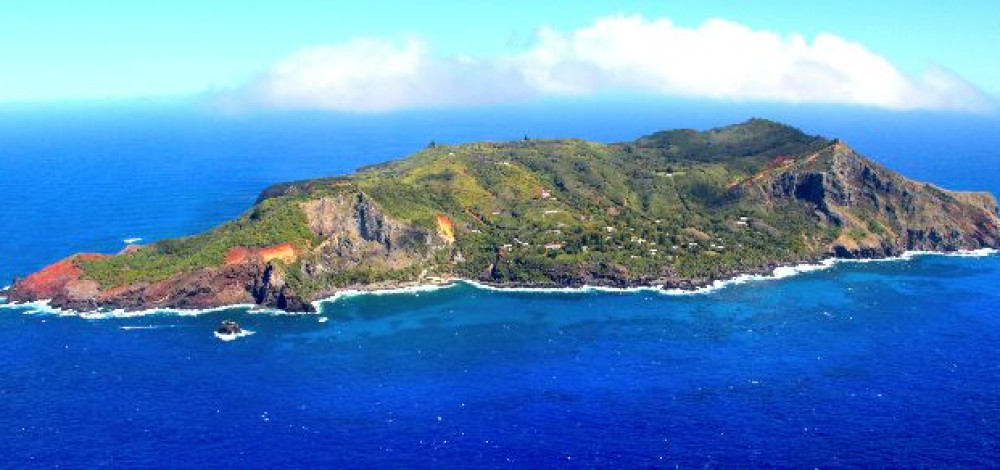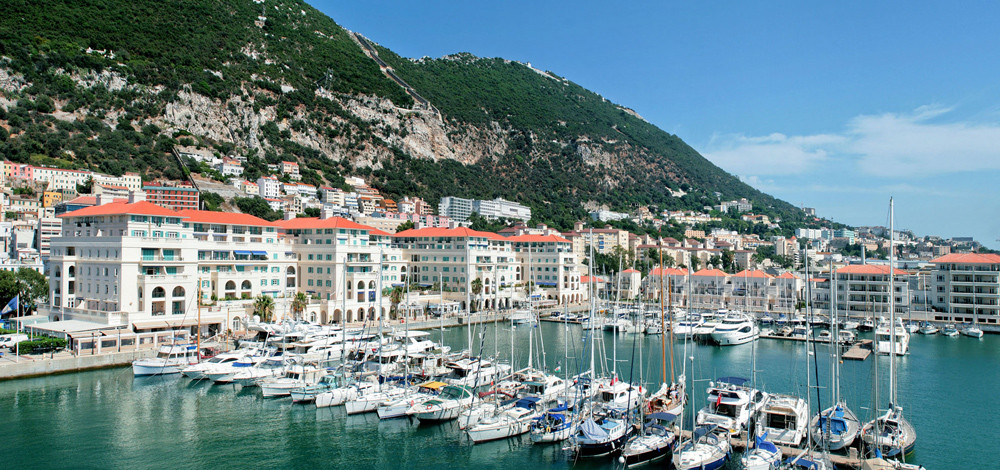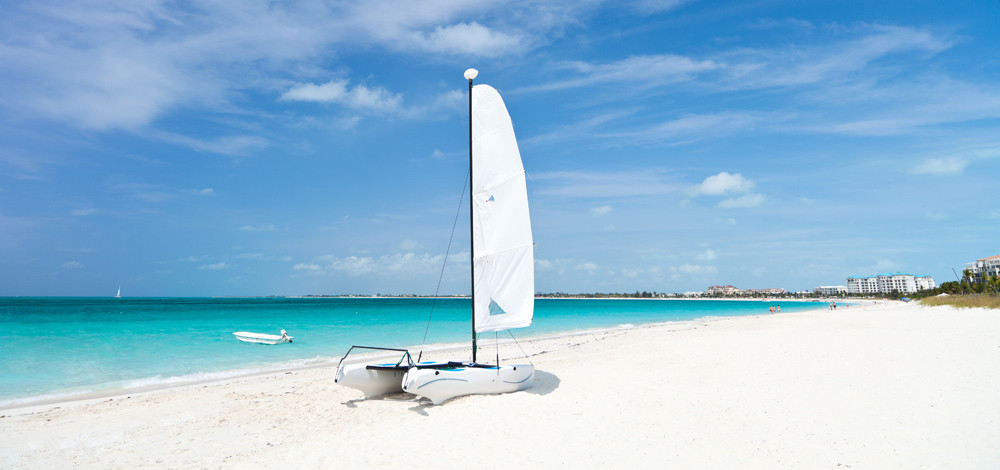Discovering the UK Overseas Territories – Climate Change
Rising sea levels and extreme weather events are bringing destruction of critical infrastructure, reduced rainfall, loss of coral and the retreat of glaciers in the Overseas Territories. Despite being negligible greenhouse gas emitters, these negative effects significantly impact the Overseas Territories due to their size and being mainly small island territories. However, the Overseas Territories are working hard with climate science and adaptation work, and are playing a key role in helping the UK meet its declared targets for climate change. In addition, climate change in particular, will trigger a complex chain of physical, biological, economic, migratory and social effects and many of the Territories lack the capacity to adapt to this challenge.
The Territories cannot do this alone, therefore it is important that the UK and others continue to prioritise climate change funding.
The impact of climate change has led to an increase in droughts in Saint Helena. The Territory sources the majority of its fresh water from its cloud forest, which is also home to 250 endemic species found only on Saint Helena. Therefore, it was important to restore this globally important habitat and further protect the Territory against the impact of climate change by increasing the water supply via mist capture through a multi-year, UK-funded project. Drought is also an issue with Saint Helena’s Atlantic neighbours of Ascension Island. The Territory’s government is trialling fog capture methods to mitigate the impacts of droughts as climate change is raising the cloud elevation, and reducing the size of the Island’s mist zone. This could lead to the extinction for the Overseas Territory’s critically-endangered endemic plant species. In addition, these two Territories have partnered to begin a ground-breaking recycling scheme by sending used tyres to St Helena from Ascension Island to be upcycled by St Helenians at their homes.
Gibraltar will ban the registration of petrol vehicles from 2030.
In 2019, the Gibraltar Parliament unanimously declared a Climate Emergency. As a result, a number of ambitious targets were set to tackle climate change, including; Gibraltar to be carbon neutral by 2030; reduce emissions by half by 2035; and increase the share of renewable energy to 70% by 2045. Subsequently, Gibraltar set out its plans in its Climate Change Strategy in 2021.
The three highest rated climate change risks (in terms of proximity and magnitude) to the Cayman Islands are: increased frequency and severity of coral bleaching and coral disease outbreaks; decline of coral reef structure and integrity; and disruption of turtle distribution and population dynamics.
In response to Climate Change, Bermuda’s Regulatory Authority, the agency responsible for the electricity and telecommunications sector, in 2019 released an Integrated Resource Plan to set the objective of achieving an 85% reduction in fossil fuel and a corresponding contribution of 85% from renewable resources by 2035. To achieve this, approximately $42 million has been invested by Territory’s government and private sector in renewable-energy projects. This has included a solar farm, installation of solar panels for an incinerator plant, and providing rebates to domestic households installing solar panels.
Bermuda remains vulnerable to climate change, especially with its location in ‘Hurricane Alley’ seeing an increase in tropical cyclones in recent years. Bermuda was affected by two hurricanes in 2022, hurricanes Earl and Fiona, but emerged without significant infrastructure damage or loss of life.
Quiz answer: B. British Antarctic Territory
-
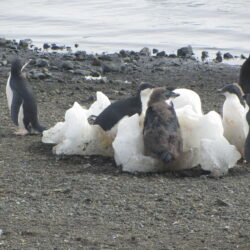
-
Adelie chicks on limited ice in the British Antarctic Territory
(Photo Credit: Polar Regions Department, FCDO)
-

-
Climate change in Tristan da Cunha
-
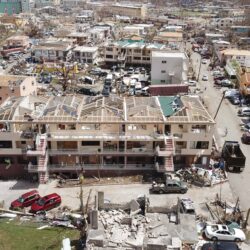
-
Hurricane Irma devastation in BVI
-

-
Solar Panels in Bermuda

